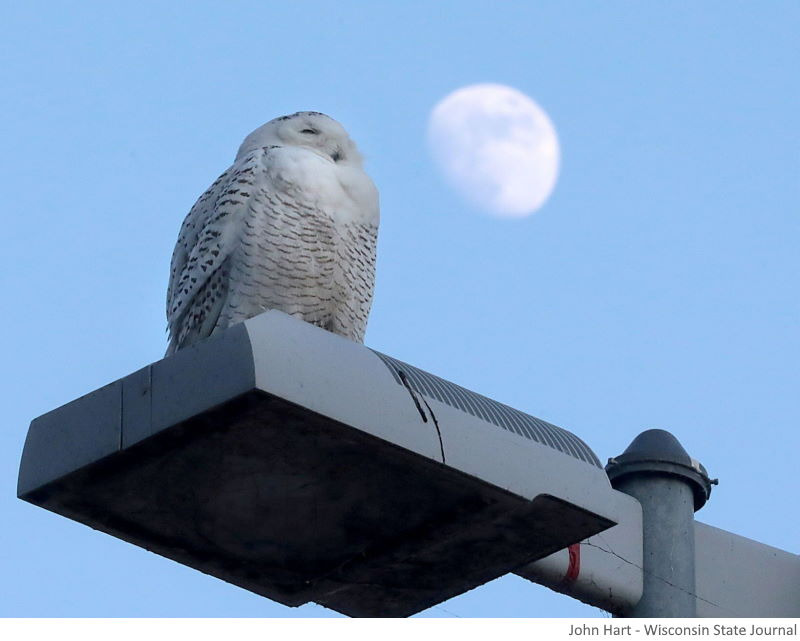About SSFP
About Us
Student Application
Subscribe to Our Newsletter
SSFP in the News
Members of Our Publishers Circle

Keep your eye to the ground and be careful when you’re walking in the Arctic Tundra, because you may find a snowy owl nesting site. Treeless, wide, hilly spaces are where snowy owls prefer to nest and hunt. These owls mainly eat small mammals, but their diet can range from rodents and rabbits to ducks and geese.
North of the Arctic Circle is home for snowy owls during most of the year. During a typical winter, small groups of owls migrate into southern Canada and northern Wisconsin. Every handful of years, however, an “interruption” occurs. During those years, large numbers of snowy owls move south as far as the southern United States. Reasons for this odd behavior are unknown.
Wisconsin is seeing its first interruption year since 2018 right now. More than 150 snowy owls have been spotted with reports coming from counties all around the state.
In the bigger picture, the future of Planet Earth’s snowy owls is uncertain. Overall populations of this unique and mysterious bird are declining. Environmental issues like rising temperatures and ecological imbalances are contributing to the decline.
Researchers from the Owl Research Institute say that lemmings are directly related to the snowy owl population. The two species have a classic predator-prey relationship. Lemmings depend on arctic grasses for reproduction and nesting, so any changes to the grasses will directly affect them. When lemming populations are low, so too are snowy owl populations.
If you live in Wisconsin, keep your eyes open from now until mid-March. If you do spot a snowy owl during the months they are here, do not approach the owl too quickly or too closely. Any human disturbance can cause harm to the owl.
[Sources: Wisconsin DNR; madisonaudubon.org; Wisconsin State Journal]
Loading Comments...